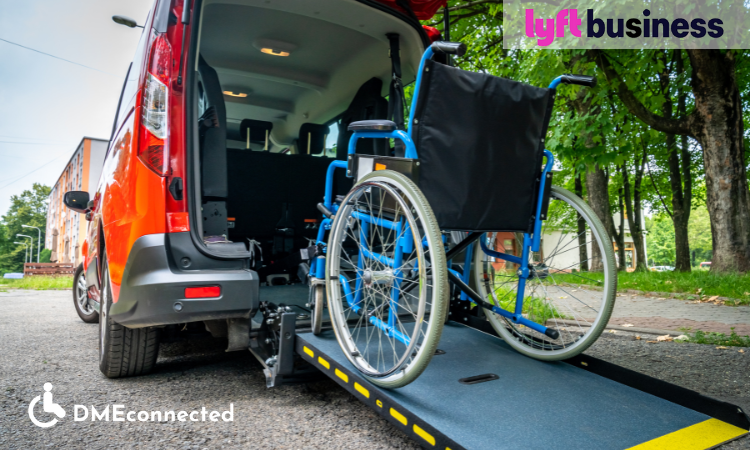In today’s healthcare landscape, patient access to care extends far beyond the walls of a medical office. One often-overlooked factor that directly impacts patient health outcomes, operational efficiency, and revenue is non-emergency medical transportation (NEMT). For many medical practices, offering or facilitating reliable transportation can be the difference between a patient receiving timely care or delaying treatment—sometimes with serious consequences.
1. Addressing a Critical Barrier to Care
Transportation challenges are one of the leading social determinants of health in the United States. According to the National Academies of Sciences, Engineering, and Medicine, millions of medical appointments are missed each year due to lack of reliable transportation. This problem disproportionately affects:
-
Elderly patients
-
Individuals with disabilities or chronic illnesses
-
Low-income communities
-
Patients without access to a personal vehicle or public transit
By integrating NEMT solutions, medical offices can remove this critical barrier, ensuring patients keep their appointments and receive necessary care on time.
2. Reducing Missed Appointments and Revenue Loss
Missed appointments cost U.S. healthcare providers billions of dollars annually. For individual practices, no-shows translate into:
-
Lost revenue
-
Wasted staff time
-
Inefficient scheduling
-
Longer wait times for other patients
Implementing a transportation program—whether through partnerships with rideshare providers, specialized medical transport companies, or in-house shuttles—helps ensure patients arrive as scheduled. This not only safeguards revenue but also improves clinic flow and reduces administrative stress caused by last-minute cancellations.
3. Enhancing Patient Satisfaction and Retention
Patients value convenience and reliability. When a medical office helps coordinate transportation, it sends a strong message: we care about your total healthcare experience, not just the time you spend in the exam room. This fosters trust, strengthens patient loyalty, and improves the likelihood of patients returning for follow-up visits.
For high-need populations, such as dialysis or oncology patients who require frequent visits, transportation assistance can make ongoing care manageable and sustainable.
4. Supporting Better Health Outcomes
Delayed or missed care can lead to worsening conditions, unnecessary hospital admissions, and higher long-term costs for both patients and healthcare systems. Reliable NEPT ensures:
-
Timely access to preventive care
-
Consistent chronic disease management
-
Reduced hospital readmissions
-
Improved coordination between primary and specialty care providers
By removing transportation barriers, medical offices contribute directly to better population health and reduced overall healthcare costs.
5. Creating Operational and Competitive Advantages
Offering transportation services can also serve as a competitive differentiator. Practices that market NEMT as part of their patient care package can stand out in crowded markets, attract new patients, and build stronger community relationships.
Through DMEconnected’s partnership with Lyft, your practice can now offer seamless local transportation for patients—a game-changing solution for improving access and care
Final Thoughts
Non-emergency medical transportation is no longer just a “nice-to-have” feature—it’s becoming an essential part of delivering accessible, patient-centered care. For medical offices, the benefits are clear: reduced no-shows, improved patient satisfaction, better health outcomes, and enhanced operational efficiency.
By recognizing transportation as a key component of care delivery and integrating it into their services, medical practices can bridge the gap between the patient’s home and the healthcare they need—ultimately creating a healthier, more connected community.

